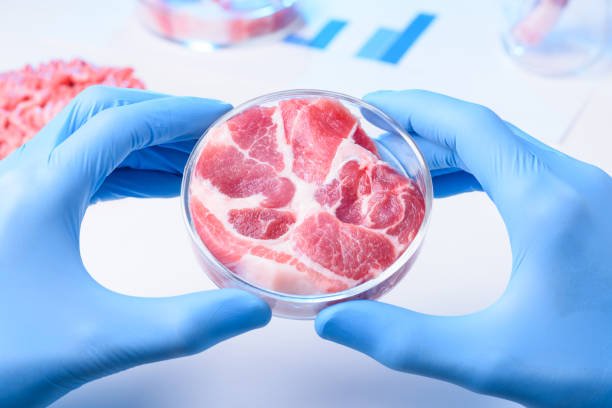Agricultural Sciences Grade 12 June 2023:
Agricultural Sciences Grade 12 June 2023 Question Papers:
Agricultural Sciences Grade 12 June 2023 Memos:
Questions and Answers from Agricultural Sciences Grade 12 June 2023 Exam Question Papers
1.1.1: Quality of Protein in Feed
Question: … is a measure of the quality of protein in a feed.
- A. Fodder flow
- B. Biological value
- C. Digestibility
- D. Nutritive ratio
Correct Answer: B. Biological value
Explanation: The biological value of protein in feed indicates its quality by measuring how well the body can absorb and utilize the protein. This measure is crucial for ensuring that livestock receives the necessary amino acids for optimal growth and health.
1.1.2: Secretions in the Duodenum
Question: The secretions in the duodenum responsible for digestion are:
- A. Succus entericus, bile, and gastric juice.
- B. Bile, intestinal juice, and saliva.
- C. Pancreatic juice, bile, and succus entericus.
- D. Stomach juice, saliva, and bile.
Correct Answer: C. Pancreatic juice, bile, and succus entericus
Explanation: In the duodenum, the first section of the small intestine, digestion is facilitated by the combined action of pancreatic juice, bile, and succus entericus. These secretions work together to break down fats, proteins, and carbohydrates, making nutrients available for absorption.
1.1.3: Rumination Processes
Question: Rumination consists of four different processes:
- A. Rechewing, eructation, assimilation, and regurgitation
- B. Regurgitation, belching, absorption, and assimilation
- C. Regurgitation, rechewing, re-swallowing, and eructation
- D. Rechewing, eructation, re-swallowing, and assimilation
Correct Answer: C. Regurgitation, rechewing, re-swallowing, and eructation
Explanation: Rumination is a distinctive process in ruminants, involving regurgitation of partially digested feed, rechewing it to reduce particle size and mix with saliva, re-swallowing for further digestion, and eructation to release gas from the fermentation process.
1.1.4: Micro-organisms in the Rumen
Question: The micro-organisms in the rumen digest cellulose to produce the following: (i) Pepsin (ii) Methane (iii) Carbon dioxide (iv) Fatty acids Choose the correct combination below:
- A. (i), (ii), and (iv)
- B. (ii), (iii), and (iv)
- C. (i), (ii), and (iii)
- D. (i), (iii), and (iv)
Correct Answer: B. (ii), (iii), and (iv)
Explanation: In the rumen, micro-organisms break down cellulose, a complex carbohydrate found in plant cell walls, into simpler substances such as methane (ii), carbon dioxide (iii), and volatile fatty acids (iv), which are vital energy sources for the ruminant.
1.1.5: Flight Zone of a Bull
Question: The flight zone of a bull refers to the space:
- A. Closer to the crush.
- B. Between two gates.
- C. Around the side of the bull.
- D. In front of the bull’s head.
Correct Answer: C. Around the side of the bull
Explanation: The flight zone of an animal, including a bull, refers to the animal’s personal space or the distance within which the animal will move away when approached. Understanding and respecting the flight zone is crucial in handling livestock safely and effectively, minimizing stress for both the animal and handler.
View All Agricultural Sciences Grade 12 Quest Papers and Memos Here





